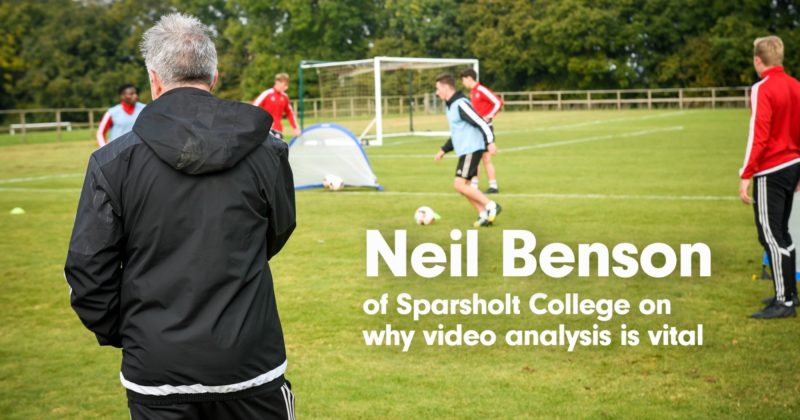From the Experts: Getting Started with Video Analysis





“I’d advise them to keep it simple to start with, because the level of stats and information that can be gathered these days is incredible. However, you’ve really got to know why you’re doing it, and what you’re using it for. Any information that you gather, you must know why you want it and what you’re going to use it for in terms of feedback to the players. Otherwise it’s just information for information’s sake."
"Have a clear rationale behind what you want them to learn from it, how you want them to use it, and then make it a part of your weekly program because the benefits are clear for all to see."


“In terms of our video setup, it’s not expensive at all really. We have a simple tripod that we use to video the games. Our camera wasn’t overly expensive at all. It’s a fairly standard HD camera. We don’t have a video analyst, so we generally get one of our injured players to record the game. Then it’s just a matter of uploading the video and having a room where you can analyze. From that point of view, it's not really expensive at all.”

“In anything, we always try and find consistent themes throughout, whether it be the match footage or training footage. Usually there’ll be a reoccurring thing due to the way to opposition is playing or the way we’re playing. So we always look for key themes to pull out and show them through repetition.”
“You have to be really clinical with the theme you’re trying to show whenever you’re using video, because with too much noise the boys just get confused, and they leave more confused than when they came into the session. So it’s really important that you just [hone in] on one theme.”

“It’s about coaching, but it’s about learning. I think the younger generation now is an iPhone generation. It’s an iPad generation, and they’re used to visual stimulation. I can sit and talk in front of the lads all day long, as any coach can and try replicate a situation. If we can film something and actually then just go back and look on it. Firstly, it’s really important for the coach, because it’s not always what you were expecting in the first place, and sometimes you realize the player is right when you think they’re wrong. But secondly for the player, it’s lovely to get that visual reinforcement of areas that you’re doing well and obviously areas that you can improve upon.”
“The key thing I’ve learned from our experience using Hudl, and analysis at all has been [that] you’ve got to create a ‘we.’ We’re doing this together, and we’re learning together. So, that’s how I feel it works for us.”

“Obviously, we play in such a competitive environment and results are really important, but we are a development program [too]. In terms of developing players, there’s no better tool. You go into training sessions and game situations where it’s hectic. Lads are affected by what’s going on around them. In a classroom, they can just see it on the screen and see the actual movements or what they do with the ball from a possessional sense.”
“We don’t highlight mistakes unless they keep happening. We try to emphasize positioning in terms of scenarios and specific game situations as much as we possibly can. Young players need to see that, otherwise we’re just telling them things constantly.”
“It’s a great learning tool for the young players to develop their knowledge of the game.”

